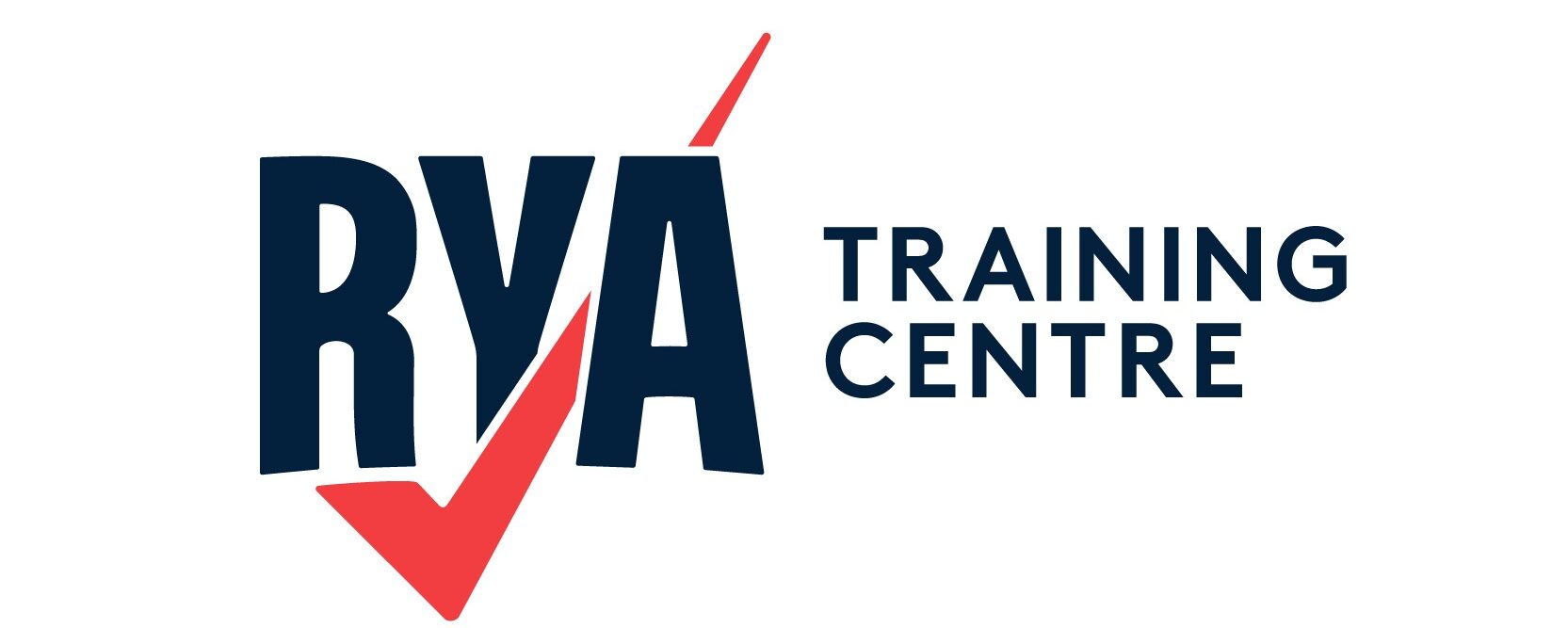Boat fire prevention is the key. It is essential to have boat fire safety practices in place to minimise the risk of a fire occurring. Having the correct fire fighting equipment on board, and knowing how to use it, means a small fire can be extinguished quickly and safely. Once a boat fire takes hold, it is extremely difficult to tackle.
Three elements are needed to start a fire: oxygen, a source of ignition and a combustible material. To extinguish a fire, you need to remove one or more of these elements. There are different types of fire, and using the wrong extinguishing method can actually exacerbate the fire. A prime example of this is when water is used to extinguish a cooking pan fire that has fat or oil in it.
Types of Boat Fire
The different types of fire are classified into groups, and given a letter to categorise them:
A – Fires of solid materials eg. wood, paper, clothing etc.
B – Fires of liquids eg. oil, petrol etc.
C – Fires of gases
D – Fires of metals
F – Fires of cooking oil and fats
Types of Fire Extinguishers
Depending on the type of boat fire, you will use different types of media to extinguish it. Water, dry powder, foam and CO2 are the most commonly used:
- Water – The advantages of using a water based extinguisher is that it has good cooling properties, is cheap to replace and non-hazardous. It should only be used on A type boat fires; never liquid, gas or electrical.
- Dry Powder – This type of extinguisher is very versatile and (depending on ingredients) can be used for A/B/C, B/C or D only boat fires. However, it is messy, corrosive and can cause breathing difficulties.
- Foam – Foam can create a heat barrier and has good cooling properties. It may be used on A and B type fires. It is not suitable for electrical fires and you may need a larger cylinder size for it to be effective.
- CO2 – This type of extinguisher is most effective for small B fires. It can disperse very quickly in open spaces making it ineffective. It doesn’t leave damage or residue and can be used on electrical fires.
Galley Fires
A fire blanket is one of the most effective extinguishers for galley fires. Position it within easy reach of the cooker and make sure it is the correct size for your needs. Fire blankets starve the fire of oxygen and suffocate it.
If you think there is a gas leak, shut off the gas at all points, extinguish any flames with the appropriate extinguisher, and fully ventilate the vessel, including the bilges.
Engine Fires
If your boat has an inboard engine, you should consider how to tackle a fire without allowing air to enter the engine space. Some use a small hole that allows an extinguisher to aimed inside, or there is the option to install an automatic extinguisher inside the engine bay.
Flammable Liquids
Whilst it is ideal to have no flammable liquids aboard, most boats will carry them. For example, there may be spare diesel for the main engine, petrol for the outboard motor, and cleaning chemicals kept on board. The key is to make sure they are stowed correctly in ventilated areas, as well as being secured so they cannot move around. Petrol or diesel should be stowed in a locker with outboard ventilation.
Boat Fire Extinguisher Location
Your boat fire extinguishers need to be in an effective location to be easily reached in case of emergency. It’s a good idea to have one in the cockpit, one in each cabin and one in the galley area.


